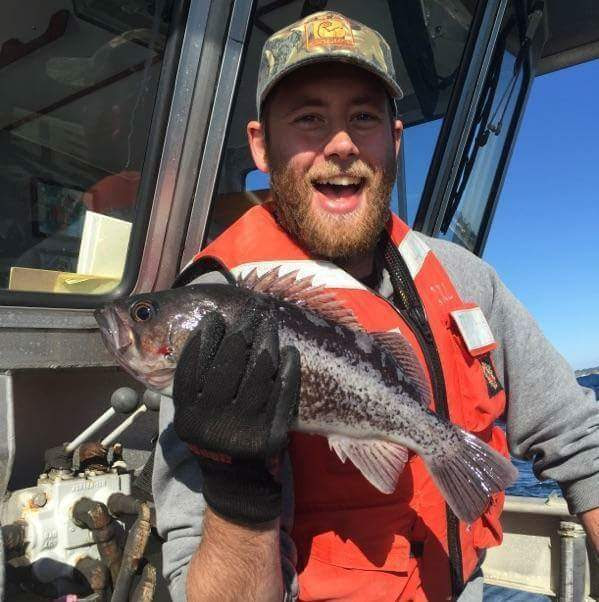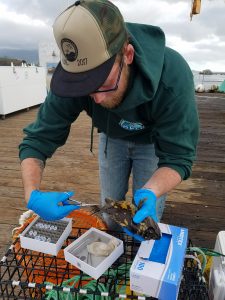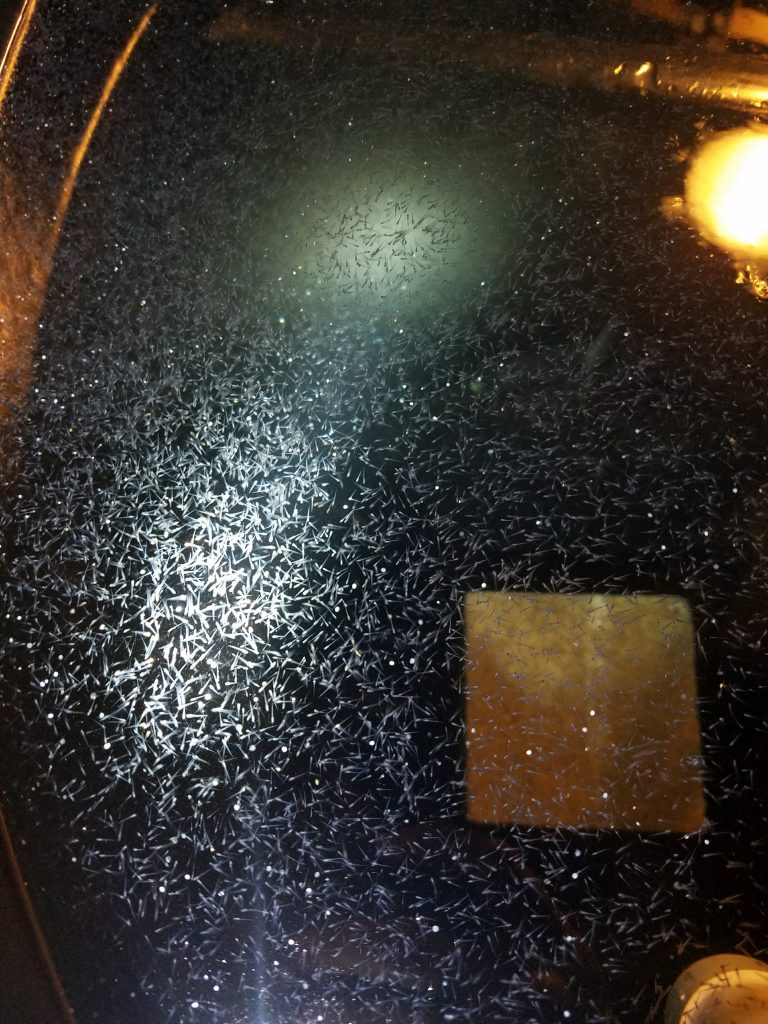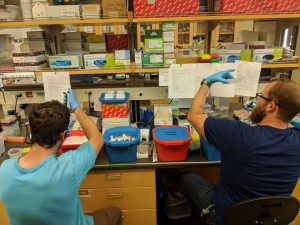"Maternal environment drives larval rockfish gene expression (Sebastes spp.)"
A Thesis Defense by Jacoby Baker
MLML Live-Stream | December 4, 2020 at 4 pm
Jacoby has always had an affinity for the water. Even so, he tried to escape the calling of the water and started his undergrad career first in mathematics then moved into biochemistry. Eventually, he couldn't fight it anymore and received his B.S in Biological Sciences with a concentration in Marine Biology from San Jose State University. In his final year of undergrad he found himself interning at NOAA NMFS in Santa Cruz working on a large collaborative ocean acidification and hypoxia project that Dr. Scott Hamilton and Dr. Cheryl Logan were PIs on. Here, he cultivated his interest in researching the effects of climate change stressors on marine organisms, which led to his thesis project. Jacoby is now a Research Assistant at the Monterey Bay Aquarium Research Institute (MBARI) and is applying his molecular background on a project using environmental DNA (eDNA) to help identify organisms residing within Monterey Bay.
Thesis Abstract:
Global climate change is driving shifts in ocean chemistry, which combined with intensification of coastal upwelling, reduces ocean pH and dissolved oxygen (DO) content in the nearshore habitats of the California Current System. Physiological plasticity, within and across generations, might be especially important for long-lived, late-to-mature species, like rockfishes (genus Sebastes), that may be unable to keep pace with climate change via genetic adaptation. Rockfishes exhibit matrotrophic viviparity and may be able to buffer their offspring from environmental stress through early developmental exposure or transgenerational plasticity (non-genetic inheritance of phenotypes). I pre-exposed mother gopher (S. carnatus) and blue (S. mystinus) rockfish to one of four treatments; 1) ambient conditions, 2) low pH, 3) low DO, or 4) combined low pH/DO stressor during fertilization and gestation, followed by a 5-day larval exposure after birth in either the same or different treatment. I used RNA sequencing to determine how the maternal environment affected larval rockfish gene expression (GE). I found that the maternal exposure drove larval GE patterns regardless of sampling time point or treatment. Furthermore, the maternal environment continued to strongly influence larval GE for at least the first five days after birth. These data suggest that rockfish may not be able to buffer their offspring from environmental stressors, highlighting the important role of the maternal environment during gestation.







